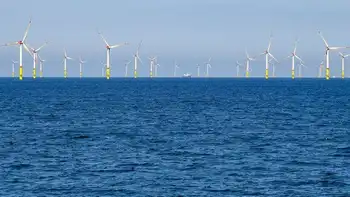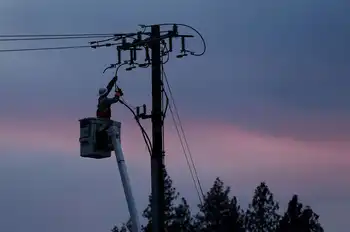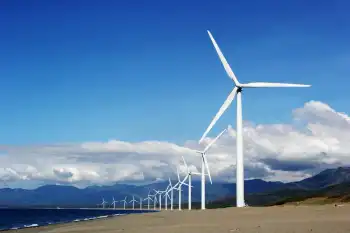Minnesota Signs Deal With Manitoba Hydro
WINNIPEG -- - The Minnesota Public Utilities Commission has unanimously approved a $1.7 billion power export deal with Manitoba Hydro.
It allows Minneapolis-based Xcel Energy to import power from Manitoba Hydro, despite the objections of aboriginal groups.
The 500-megawatt, 10-year deal was given the go-ahead.
It's an extension of an existing deal and will allow power to be exported until 2015.
Approval by Canada's National Energy Board is pending.
The Minnesota decision is a blow to the Pimicikamak Cree Nation of Cross Lake, Manitoba. They had asked the commission to first call a formal hearing into the social and economic impact of historic hydro development on their homeland.
Related News

Wind Denmark - summer's autumn weather provides extraordinarily low electricity prices
DENMARK - Western Denmark Negative Electricity Prices stem from wind energy oversupply, grid congestion, and limited interconnector capacity via Nord Pool and TenneT, underscoring electrification needs, renewable integration, special regulation, and system flexibility.
Key Points
They are sub-zero power prices from wind oversupply, weak interconnectors, low demand, and balancing needs.
✅ Caused by high wind output, low demand, and export bottlenecks
✅ Limited Nord Pool interconnector capacity depresses prices
✅ Special regulation and district heating absorb excess power
A downturn in the cable connection to Norway and Sweden, together with low electricity consumption and high electricity production, has…




